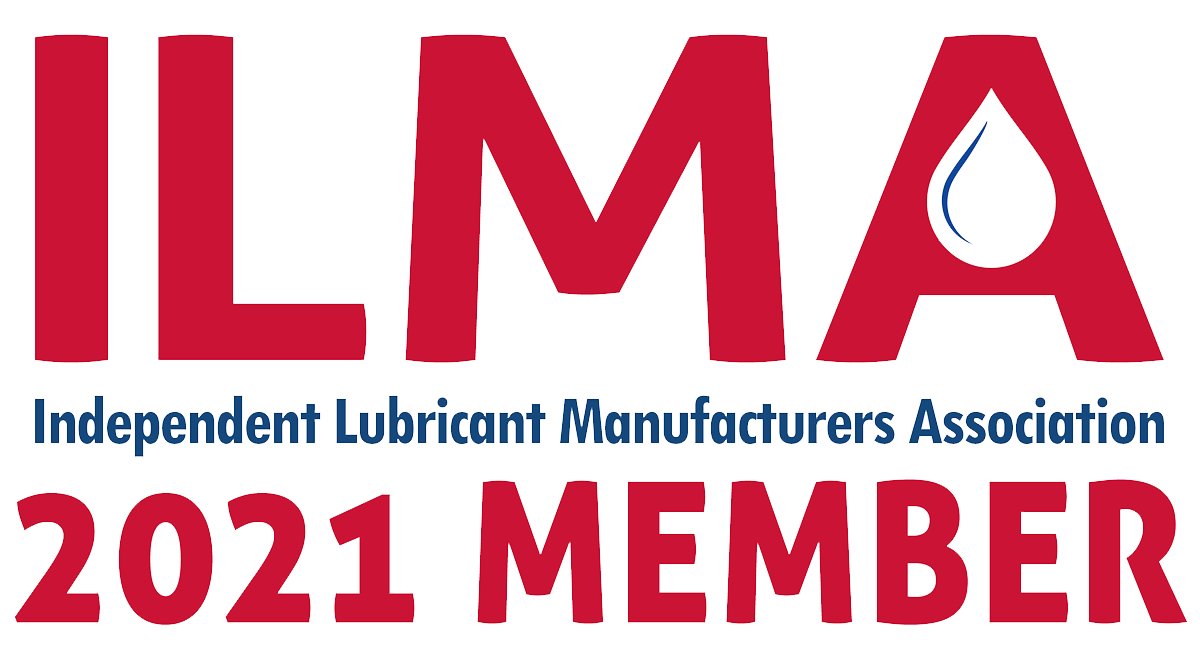 Unplanned downtime due to equipment failure is a costly, yet preventable, part of any industry that can sometimes be overlooked.
Unplanned downtime due to equipment failure is a costly, yet preventable, part of any industry that can sometimes be overlooked.
In industrial applications that rely on a lot of complex equipment operating under extreme conditions, it isn’t uncommon to see breakdowns happen. Some downtime is necessary for things like maintenance and scheduled repairs, but when it happens unexpectedly it can cause major problems. An average company in the manufacturing industry will see as much as 800 hours of downtime each year. This can result in thousands, or even hundreds of thousands, of dollars lost. For automotive manufacturers, who on average lose between $22k and $50k per minute of downtime, the cost can soar into the millions.
Costs from downtime come in two forms, tangible and intangible. Tangible costs are usually easy to find and examine. The loss of production capacity of a piece of equipment being down, the cost of labor for an idle worker and the cost of repairing broken equipment are all examples. The intangible costs are more difficult to find. Downtime can cause responsiveness and customer satisfaction to slip. It can put stress on employees and equipment, leading to a vicious cycle of downtime.
Related: Controlling Contamination Critical for Keeping Equipment Running
But how can downtime be prevented? There are steps that any manufacturer can take to minimize lost hours and lost profit.
- Keep a routine maintenance schedule – It can be a challenge to stay on top of maintenance in a huge plant filled with technically advanced equipment. That is why sticking to a tight, routine maintenance schedule with a consistent reporting process. That way you can see a potential breakdown coming days or weeks in advance while also identifying troubling trends with your equipment.
- Have a plan in place – Sometimes, it just isn’t enough just to respond to problems as they come. It is critical to create an action plan for different breakdown scenarios and train employees on those plans. In the short term, you may only reduce downtime by a couple of minutes, but those minutes can add up. This is especially true when it comes to those intangible costs. Some events may come out of left field entirely, but it is still important to plan for whatever you can.
- Be ready to adapt – Having an employee or a team sitting idle (or sitting idle yourself) because of a breakdown isn’t exactly efficient. If you can’t help directly with getting back online, make sure you and your team are cross trained and ready to jump on something else. You may be able to make up some of the loss helping out someone who is behind on other projects.
- Prepare messaging – Make sure you have messaging ready to go in the event of downtime. Be ready to contact whoever needs to fix the problem immediately and ensure they understand the gravity of the situation. Next, reach out to employees to let them know what is happening via internal contact lists. Finally, reach out to customers and clients, let them know there is a problem, that it’s being taken care of and provide a timetable if possible.
While it is almost impossible to prevent all downtime, especially when factoring downtime that has been planned, these steps can help keep it to a minimum.



